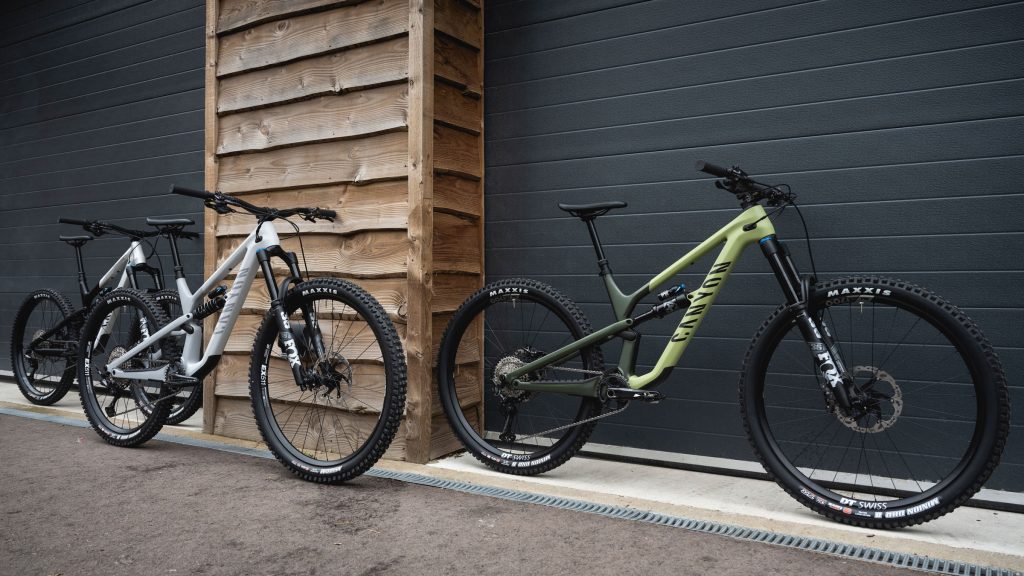

**Beginner’s Handbook for Selecting the Perfect Motorcycle: Key Insights and Suggestions**
Acquiring your initial motorcycle marks an exhilarating journey, but with countless designs, dimensions, and features at your disposal, picking the ideal one can be daunting. Whether you’re captivated by the sense of freedom on the open highway, the exhilaration of speed, or the utility of commuting on two wheels, it’s vital to choose the right motorcycle for your safety, comfort, and pleasure. This beginner’s handbook will guide you through the essential insights and suggestions to enable you to make a well-informed selection.
—
### 1. **Identify Your Riding Requirements**
Before exploring brands and models, reflect on how and where you intend to ride:
– **Daily Commute:** If you’ll be using your motorcycle for regular travel in city environments, opt for a lightweight, fuel-efficient vehicle such as a standard or scooter.
– **Leisure Rides:** For casual trips along highways or picturesque paths, a cruiser may be the perfect fit.
– **Touring or Adventure:** Looking to embark on long journeys or venture off the beaten path? Think about a touring or dual-sport motorcycle.
– **Sport Riding:** If your focus is on speed and performance, a sportbike may be tempting—but exercise caution as these are typically not suited for novices.
—
### 2. **Familiarize Yourself with Motorcycle Categories**
Grasping the primary classes of motorcycles can help refine your selection:
– **Standard (Naked) Bikes:** Multitalented with an upright seating arrangement, perfect for beginners.
– **Cruisers:** Lower seat height, a laid-back riding stance, and usually heavier.
– **Sportbikes:** Built for high performance, with an aggressive riding position, not ideal for rookies.
– **Touring Bikes:** Crafted for comfort during lengthy journeys, usually featuring large engines along with saddlebags and windshields.
– **Dual-Sport/Adventure Bikes:** Fit for both on-road and off-road rides.
– **Scooters:** Lightweight with automatic transmission, ideal for urban travel.
—
### 3. **Begin with a Smaller Engine**
For those new to riding, it’s prudent to start with a motorcycle that boasts a smaller engine size—generally between 250cc and 500cc. These bikes are easier to handle, more forgiving of errors, and often come at a lower cost. As you gain experience, you can transition to a more powerful vehicle.
—
### 4. **Evaluate Your Physical Fit**
Comfort and control should be a priority. While seated on the motorcycle:
– Ensure your feet can reach the ground flatly.
– Confirm that you can comfortably access the handlebars and controls.
– The motorcycle should feel balanced and manageable.
Visit dealerships and try out different models to discover one that accommodates your physique and strength.
—
### 5. **Weigh the Options: New vs. Used Motorcycles**
– **New Models:** Come equipped with warranties, cutting-edge technology, and no prior wear—though they carry a higher price tag.
– **Pre-Owned Bikes:** More budget-friendly and excellent for beginners who may experience drops while learning. However, they could demand more maintenance.
When considering a used motorcycle, carefully inspect it or have a mechanic evaluate it prior to purchase.
—
### 6. **Account for Gear and Insurance Costs**
Don’t allocate your entire budget solely to the motorcycle. Consider the expenses for:
– **Safety Equipment:** Helmet, gloves, jacket, pants, and boots.
– **Insurance:** Premiums vary based on the type of motorcycle, engine capacity, and your driving history.
– **Maintenance:** Regular check-ups, tires, oil replacements, and repairs.
—
### 7. **Enroll in a Motorcycle Safety Course**
Before hitting the streets, sign up for a certified motorcycle safety program. These classes teach crucial riding skills, safety practices, and often include a riding assessment that can assist you in obtaining your license. Many insurance providers also give discounts for course completion.
—
### 8. **Take a Test Ride Prior to Purchase**
If you can, try a test ride to evaluate how the motorcycle performs. Pay attention to:
– The ease of balancing and steering.
– The responsiveness of brakes and throttle.
– Your overall comfort and visibility.
—
### 9. **Conduct Research and Read Experiences**
After narrowing your options, peruse reviews from fellow riders, view video assessments, and engage in online communities. Real-life accounts can provide significant understanding regarding dependability, performance, and prevalent issues.
—
### 10. **Consider Long-Term Planning**
Select a motorcycle that you can evolve with. While a high-performance bike may not be necessary immediately, picking a model that won’t feel restrictive too soon can prevent the need for an early upgrade.
—
**Concluding Thoughts**
Selecting your first motorcycle transcends aesthetics or speed—it’s about finding a bike that aligns with your abilities, riding aspirations, and way of life. By taking the necessary time to evaluate your requirements, experimenting with various models, and investing in safety education and gear, you’ll position yourself for a fulfilling and secure riding experience. Remember, the ideal motorcycle is one that instills confidence, comfort, and excitement every time you set out to ride.






